Leicester
It was a rather grey- and cold - weekend when I visited the city... Leicester is the largest city in the East Midlands, and eighth largest in England. There was an Anglo- Saxon fort here, and later a Roman fort.
The River Soar which flows northwards through the west of the city to meet the Trent. Much of its journey through the city is through industrial - or former industrial areas - but to the north is Abbey Park, where it looks its best.
The abbey that gives the park it name no longer exists, besides the enclosing wall, seen on the left above. A rather nice bridge leads to what is now a cafe; the abbey was to the right. A statue stands in front of it - just about visible in the photo - of Cardinal Wolsey who died in the Abbey on his way to York.
Abbey park is Leicester's premier park, and has a number of interesting features including the friendship garden...
...and a lot of geese.
It is bounded on the southeast by the canal.
Much of the river from Leicester onwards was made navigable in the 1790s, and in 1814 it was connected to a branch of the Grand Union Canal from the south. The Canal follows the river, running just east of it, and of course again runs through industrial areas.
The main rail route also runs south to north, but on the east side of the city. The railway arrived in 1840, the current building dates from 1894, built by the Midland Railway.
The stature is of Thomas Cooke, who founded the package holiday company. His first excursion was from Leicester to Loughborough in 1841, just a year after the railway arrive, for temperance supporters.
There was another railway at one time, running through on the west side with the canal. The Great Central Railway arrived here in 1899, very late in the day for a railway. This was their mainline to London Marylebone, and my mother would have passed through this station on her way to uni. The line closed in 1969, but there are still a few remains of the old station.
In between all these lines of communication is the city centre, which seems to be predominantly along Granby Street. There is, inevitable, an eclectic mix of styles, and at the bottom of Granby Street is Blunts Shoes, a fine Art Deco building.
On the other side is the Kayal restaurant. Note the reproduction of de Vinci's Last supper at the top; a strange choice for a place selling Southern Indian Food.
We ate there - all fourteen of us - and the food and service were excellent.
Further along, the Grand Hotel, built 1897–98.
On the right side is the Turkey Cafe. Note the picture of a turkey at the top, and the two sculped either side of the entrance. Built by a supporter of the Temperance Society in 1900 in an Art Nouveau style.
Off to the east a little is the townhall, with an impressive fountain in front of it. The townhall opened in 1876. The fountain was unveiled in 1879, and may be the inspiration for Fountain of the Lions in Porto.
Behind the town hall is the City Rooms. Originally designed to be hotel, money ran out during building, and it opened in 1800 as assembly rooms instead.
At this point the road become Gallowtree Gate, leading up to the clocktower. This was built to help traffic congestion in 1868 - supposedly the first traffic island. Statues on the four sides remember earlier benefactors of the city.
Nearby is a stature celebrating the sports in the city. Unveiled in 1998, is recognises successes in football, cricket and rugby in the previous couple of years.
Turning left, into the High Street, some way along is the Royal arcade.
And next door the Electric Theatre. Built in 1910, this was the first cinema of any significant size in the city. I think this was just the entrance, and the main building - with seating for 700 - extended to the right.
Shires Lane goes off on the left; a more modern shopping experience, and rather well done.
Back to the High Street, we find this ornate building. I cannot find anything about it, but I guess late Victorian?
On the other side is the Tree. Formerly the Shoulder of Mutton, it became the Haunch of Venison around 1840 and the Orange Tree in 1997.
The High Cross is a Wetherspoons. It takes its name from a cross that stood in the road, and was actually the last remaining pillar of the old Market House, which had been built is 1577.
The pub is built on the site of the Highcross Coffee House - a temperance establishment - I suspect in the 1920s.
This is the end of the High Street, and brings us to Jubilee Square, which commemorates the Queen’s 2012 Jubilee visit to Leicester.
On the south side is Wygston's House, claiming to be Leicester's oldest pub. Wygston was one of the four benefactors remembers on the clocktower.
A curious internal feature is this parrot chandelier.
Heading back east from here is Guildhall Lane, and it is no surprise to find the Guildhall here. This is an amazing building that is free to enter, but we only stumbled across by accident. Parts date from 1390.
You can see in the last image the cathedral that is next to the Guildhall. It is one of only six churches mentioned in the Domesday book, though most of what we see today is Victorian, and it only became a cathedral in 1927.
A notable feature inside is the tomb of Richard III. Killed at the Battle of Bosworth Field, his defeat meant he was buried without ceremony, and his grave forgotten. The location was later determined to be under a car park near the cathedral, and his corpse found in 2012, and moved to the cathedral.
Leister castle is about five minutes walk southwest of the cathedral. It was a big place at one time, an official royal residence during the reigns of Henry IV, Henry V, Henry VI, and Edward IV, but today much of it seems to have disappeared.
Just inside is a pub called the Castle. At the top of the street you can see the main hall, which is only nineteenth century, and was used as a court. The original castle motte is behind the pub.
Another gateway. The lack of fortifications suggests this was a building inside the castle defenses.
To the left is Leicester Adult Education Centre, another curious building. Built in 1845 as a Methodist chapel, designed by Joseph Hansom of Hansom cab fame
Finally, about half a down down London Road to the south is the Marquis Wellington. Built in 1801 as the Bishop Blaise, in 1813 it was renamed The Marquis Wellington after Arthur Wellesley (later Duke of Wellington) who was created a marquess in 1812. Good food there!

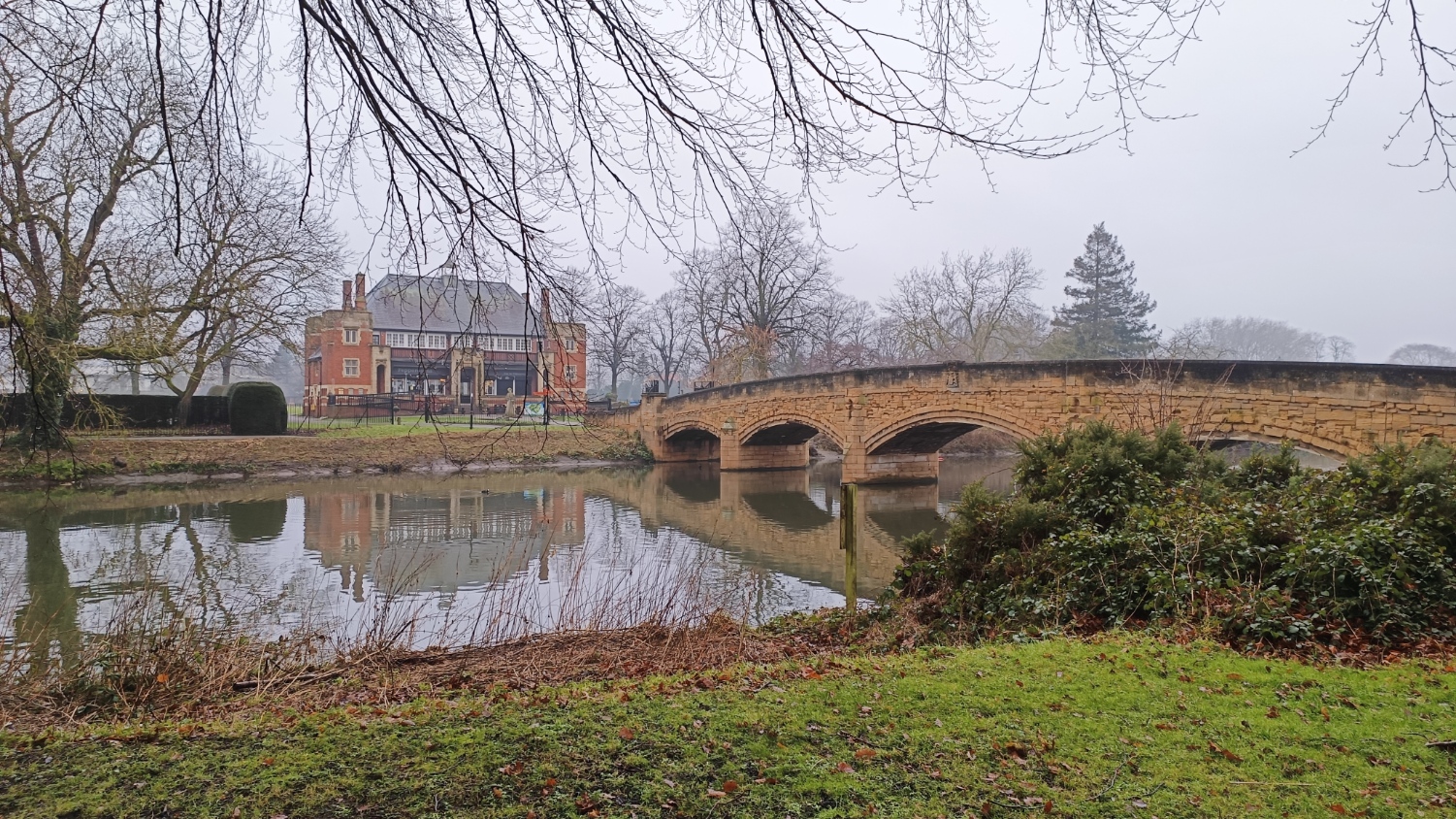
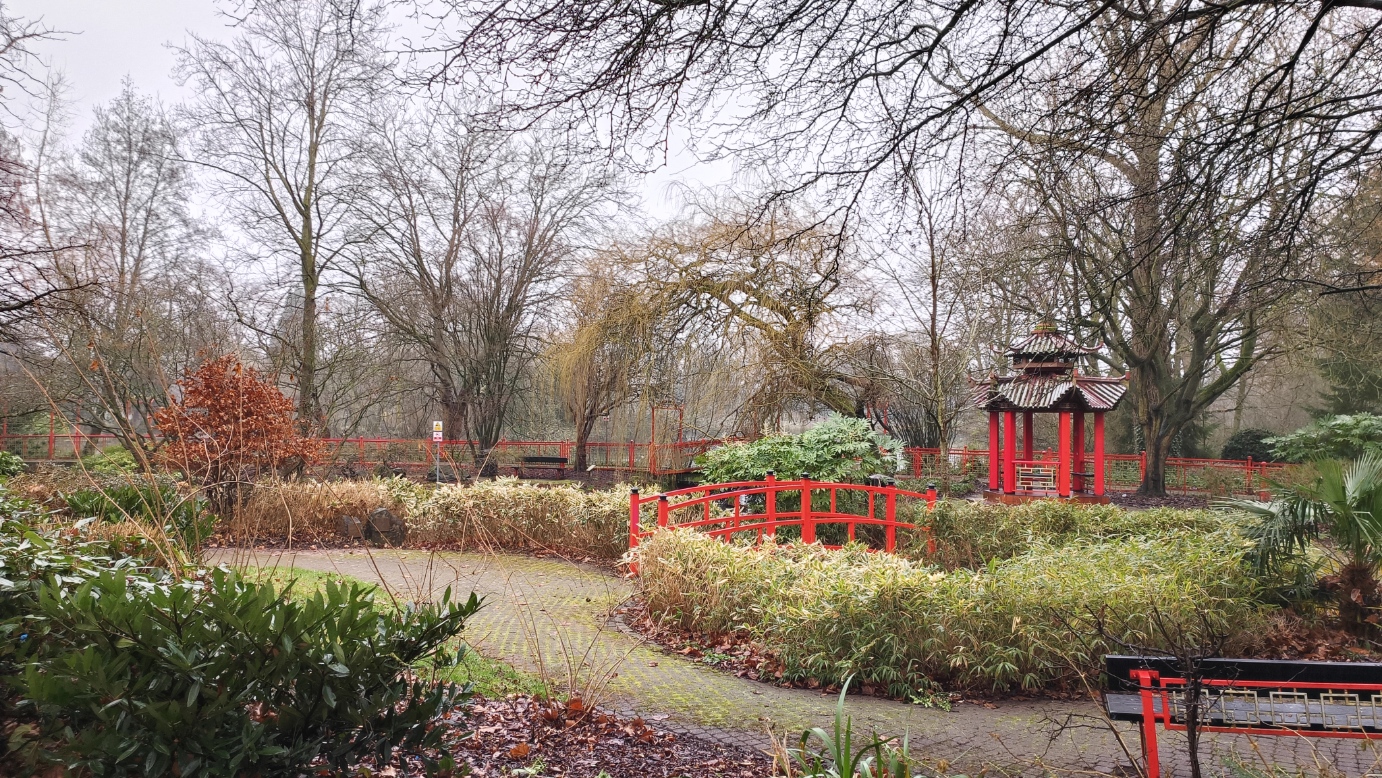
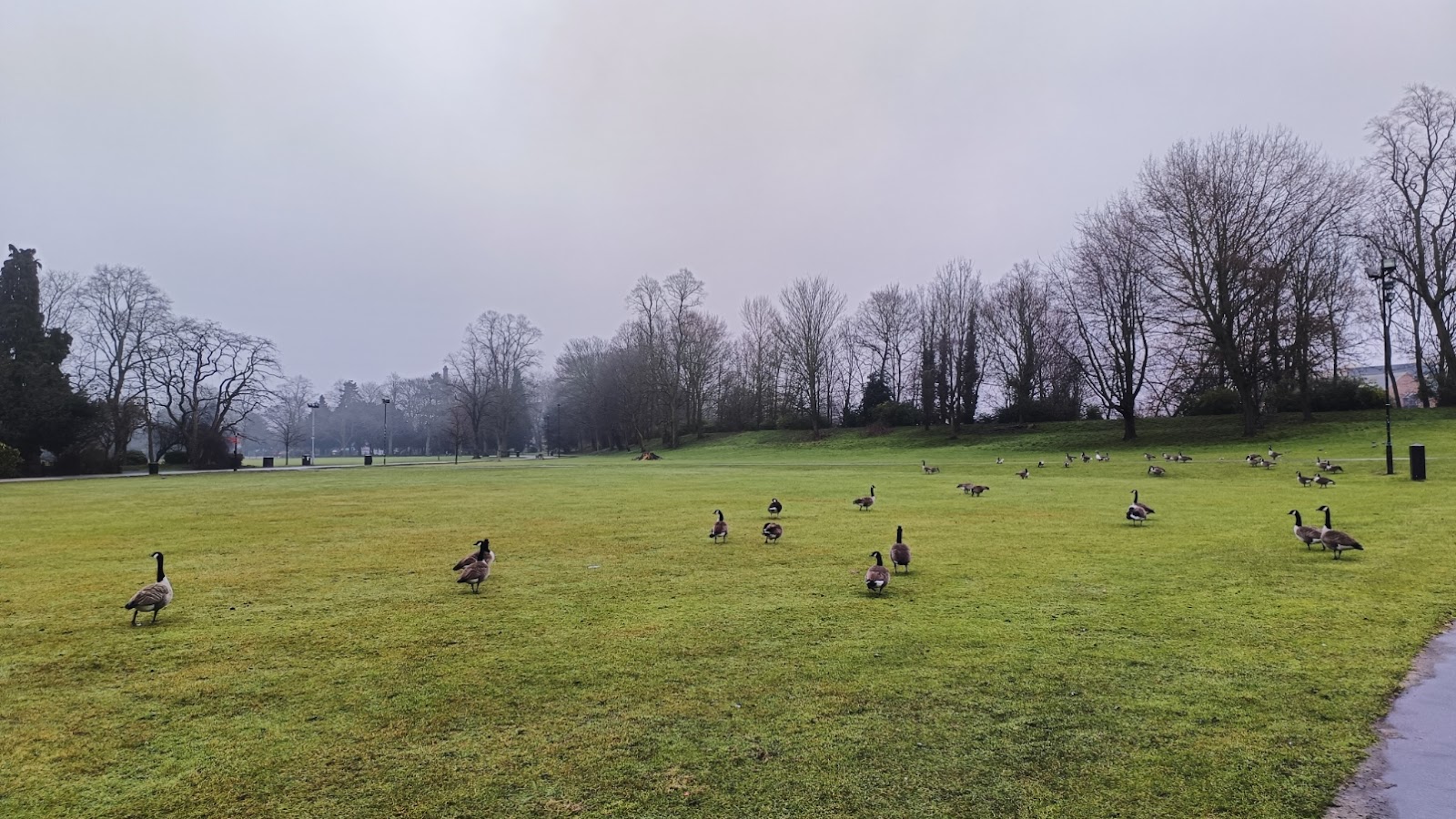
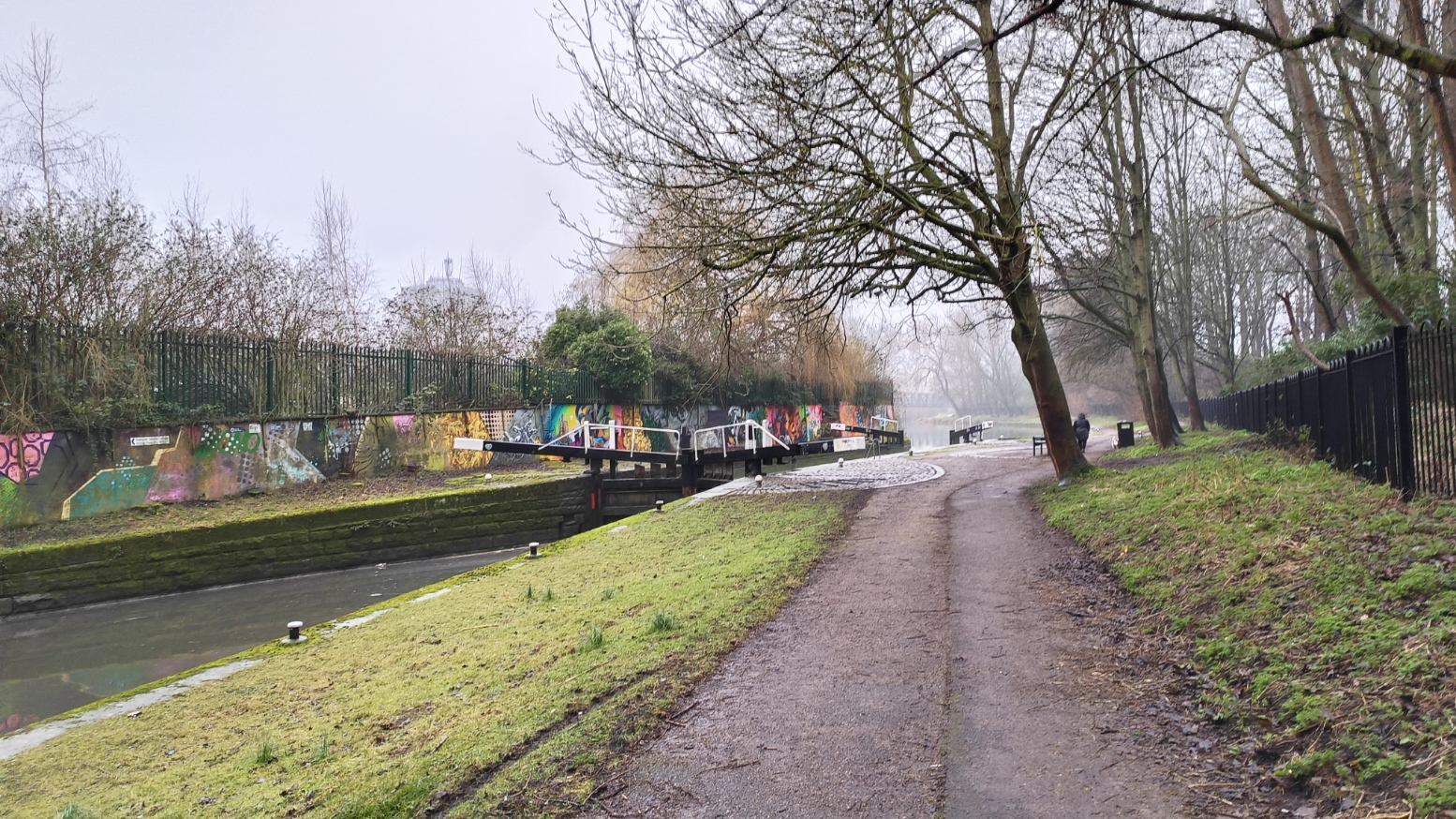




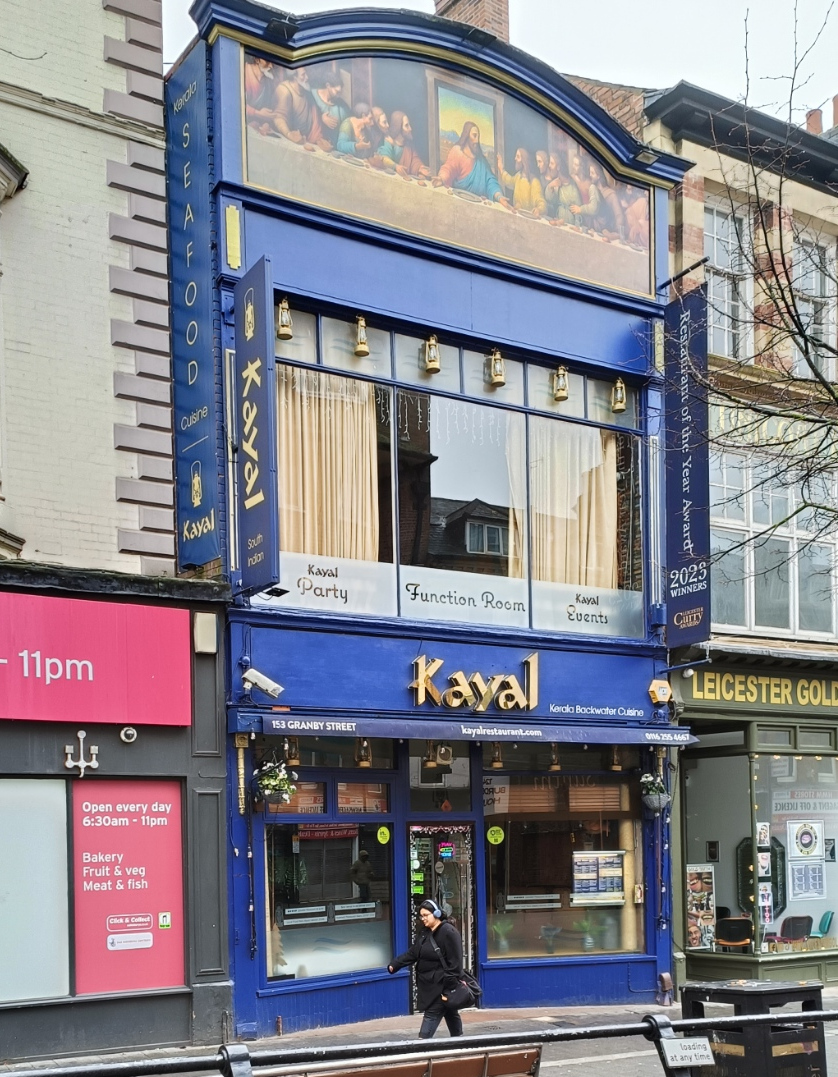















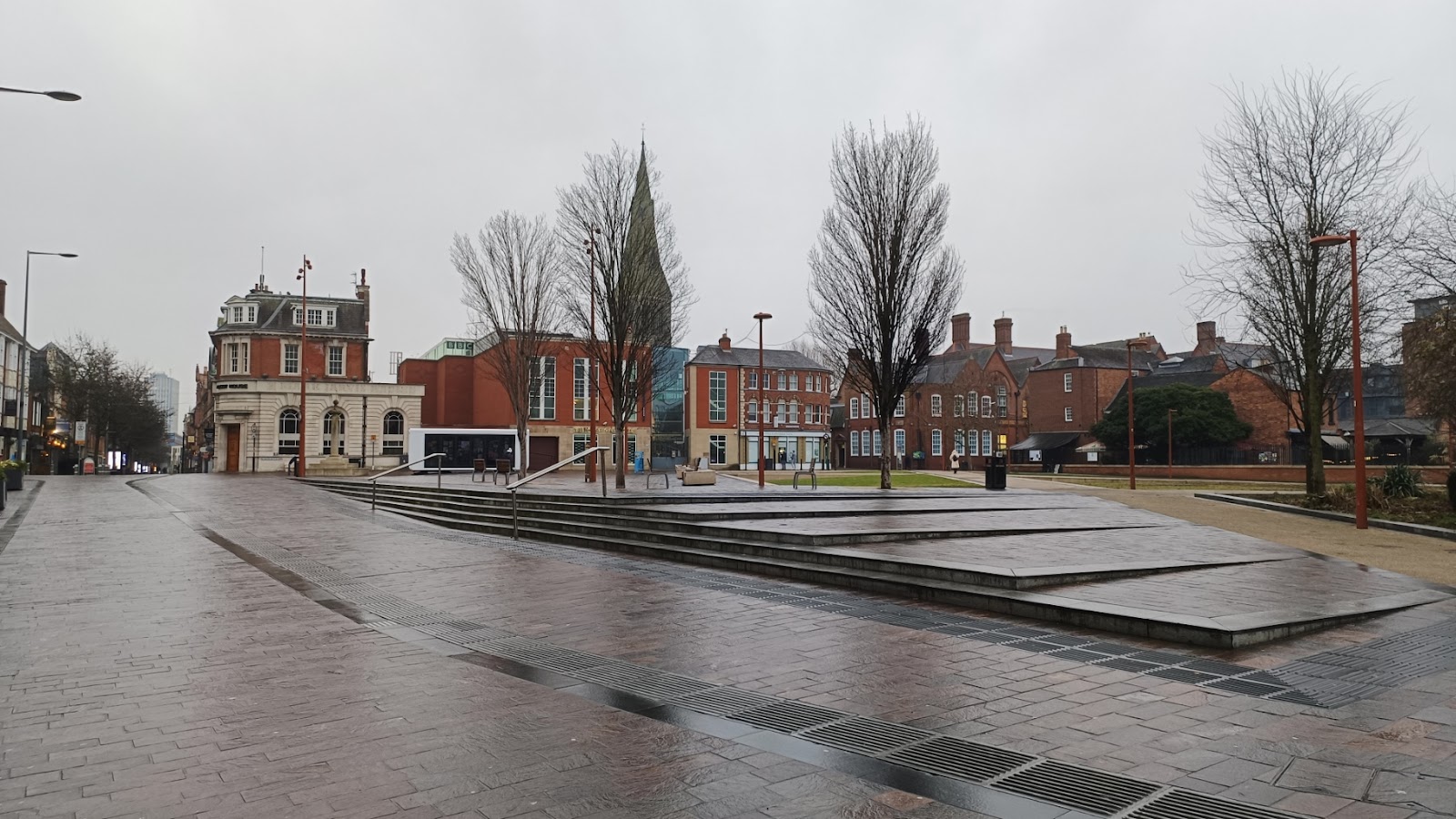

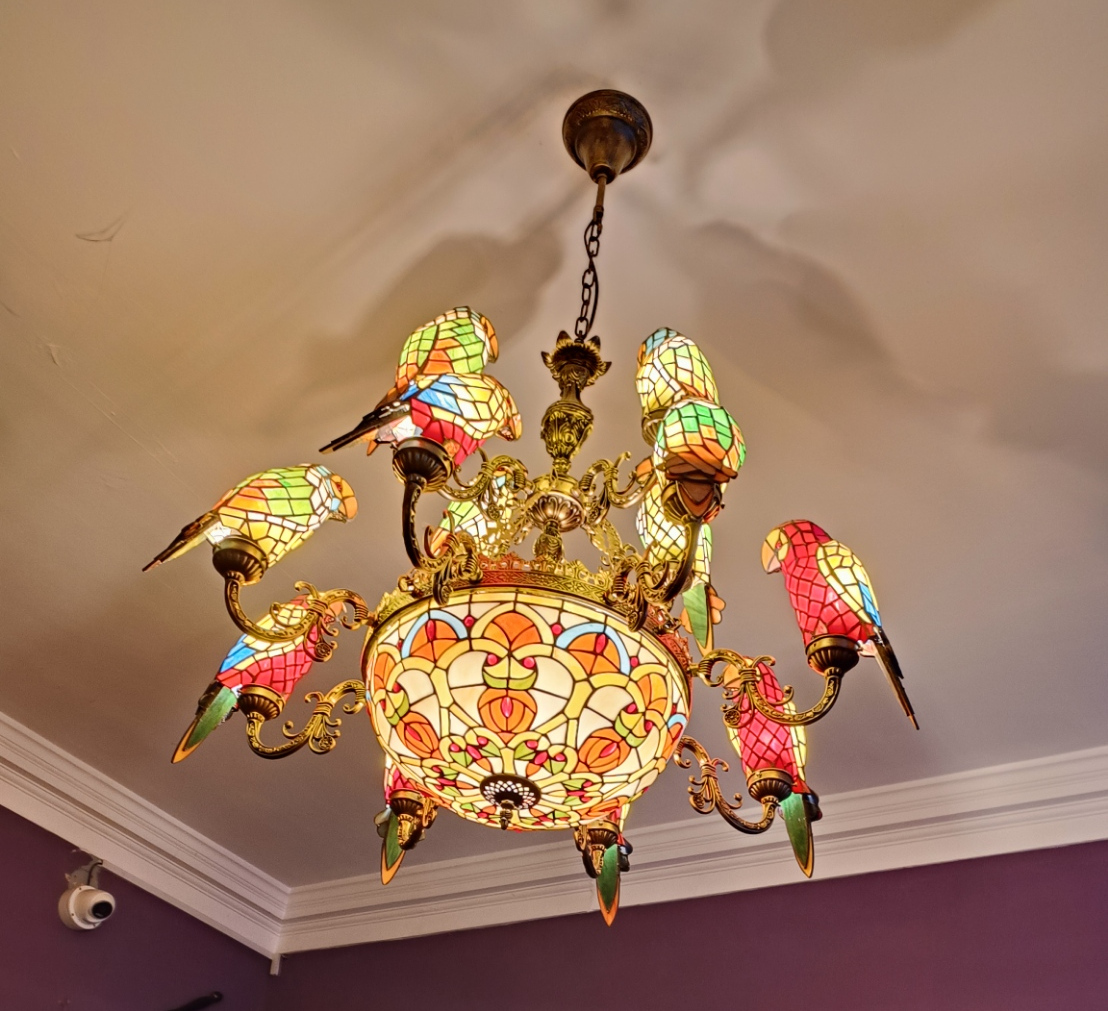






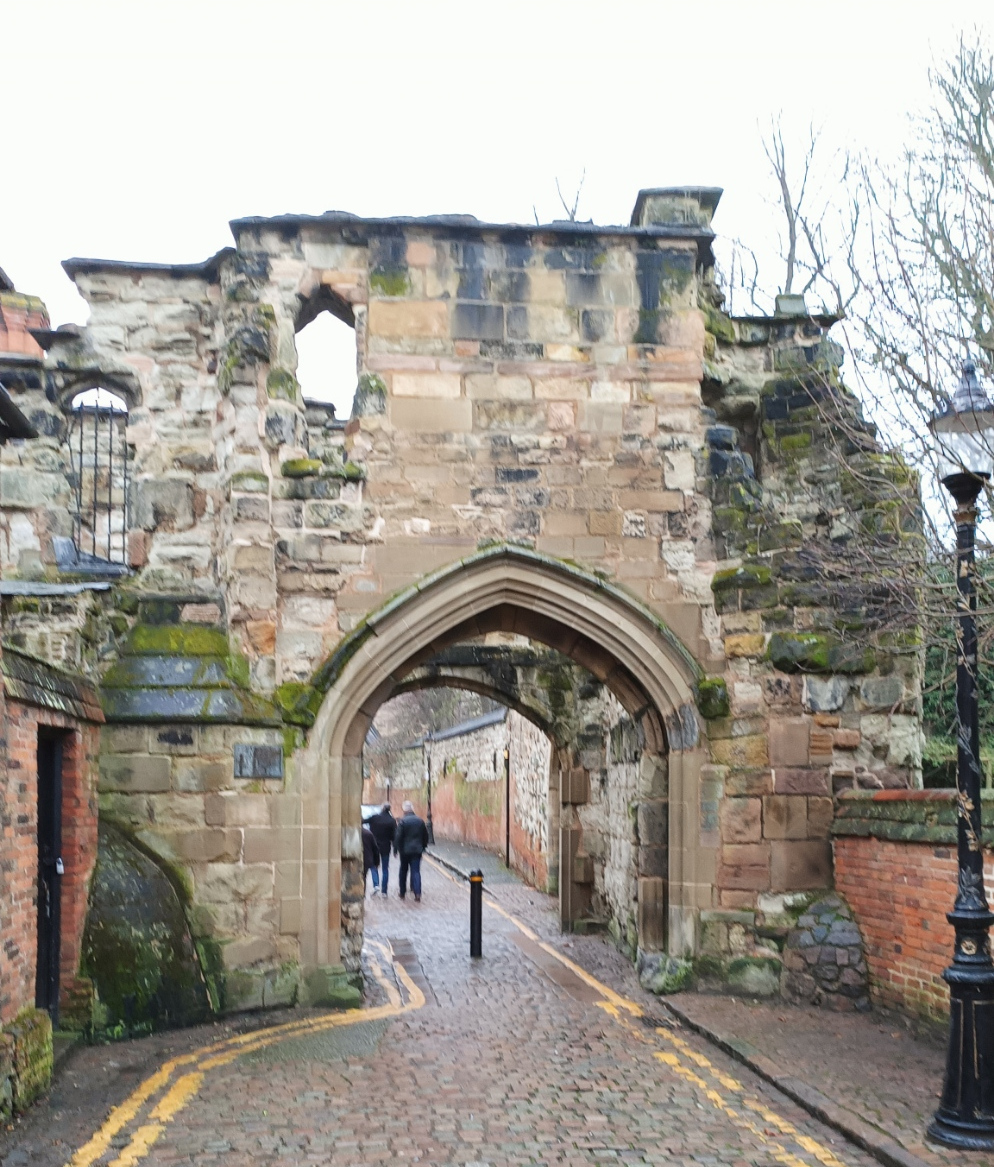







Comments
Post a Comment